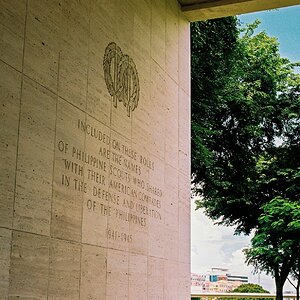jasonkt
TPF Noob!
- Joined
- Nov 20, 2007
- Messages
- 142
- Reaction score
- 0
- Location
- Coney Island in Brooklyn, US
- Can others edit my Photos
- Photos OK to edit
I'm working with a photographer who shoots fashion and beauty mostly, and on set I will take readings for his assistant with a sekonic meter. I know how to operate it and I realize that the adjustments he makes to the camera and lights relate to the f-stop the meter is reading. If it's relevant, we are using strobes, packs, and pocket wizards.
Thing is, I'm still not feeling like I understand exactly why the photographer sets his camera to the setting he comes up with. We will meter all the lights individually and adjust them (I learned why from advice on this forum), and then we'll do a general reading. I want to be able to predict what to set his camera's f-stop to, and if it is artistic license, can you explain when people might be inclined to do what?
Would a photographer ever set his camera to 8.0 after getting a reading of 8.0? How about the other range, what kind of reading/setting combination would be "just absurd"? (I'm assuming its stuff like getting a reading of 1.8 and shooting 32)
Basically, I want to learn as much as I can outside of the experience in the studio, please post links if you have 'em!
Thanks for all your help so far and for any help here, you guys are great.
Thing is, I'm still not feeling like I understand exactly why the photographer sets his camera to the setting he comes up with. We will meter all the lights individually and adjust them (I learned why from advice on this forum), and then we'll do a general reading. I want to be able to predict what to set his camera's f-stop to, and if it is artistic license, can you explain when people might be inclined to do what?
Would a photographer ever set his camera to 8.0 after getting a reading of 8.0? How about the other range, what kind of reading/setting combination would be "just absurd"? (I'm assuming its stuff like getting a reading of 1.8 and shooting 32)
Basically, I want to learn as much as I can outside of the experience in the studio, please post links if you have 'em!
Thanks for all your help so far and for any help here, you guys are great.



![[No title]](/data/xfmg/thumbnail/31/31746-12607d714ca2713b95250821c881aea9.jpg?1619734987)
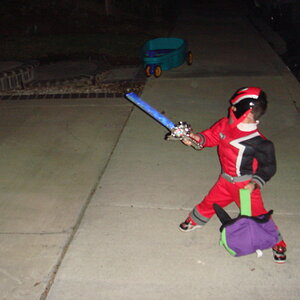
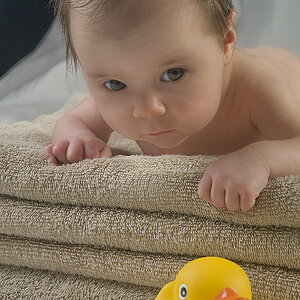
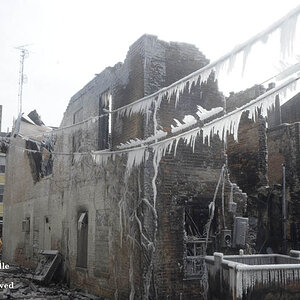
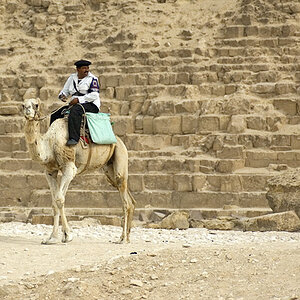
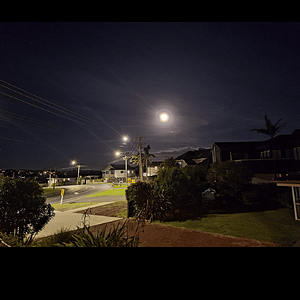
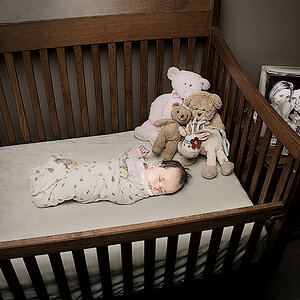
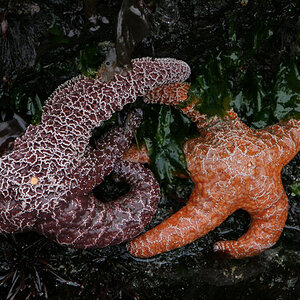
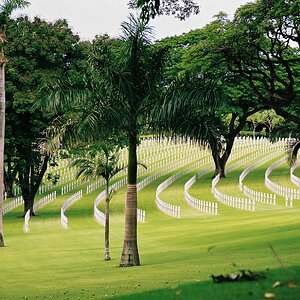
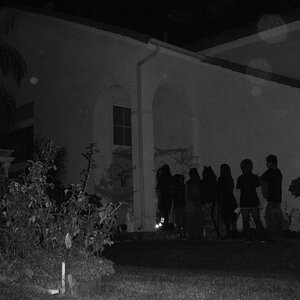
![[No title]](/data/xfmg/thumbnail/37/37604-7ad625e983f92f880eb65a264eeef5e4.jpg?1619738148)
